North & Central Portugal: So Much to See for the Artsy Traveler
This post may contain affiliate links to products or services I'm happy to recommend. If you click on an affiliate link and then make a purchase, Artsy Traveler may earn a small commission at no cost to you. Thank you!
There’s lots to see as you travel north from Lisbon along the Atlantic coast in central Portugal to Porto and the Spanish border. Spend most of your time in Porto but spare a few days getting there via Óbidos, Nazaré, and Coimbra.

Exploring the Atlantic Coast
Drive north from Lisbon or west from Évora in the Alentejo to the Atlantic coast. Drop by the cute little town of Óbidos and watch the massive waves pound the coast around Nazaré. Head north to Figueira da Foz and inland to Coimbra, then explore Porto and points beyond.
Óbidos
Stop first in enchanting little Óbidos, about an hour north of Lisbon. This fine example of a Portuguese walled town was presented by King Afonso II to the Queen of Portugal on their wedding day in 1210. Now, that’s a wedding present that beats a blender any day.
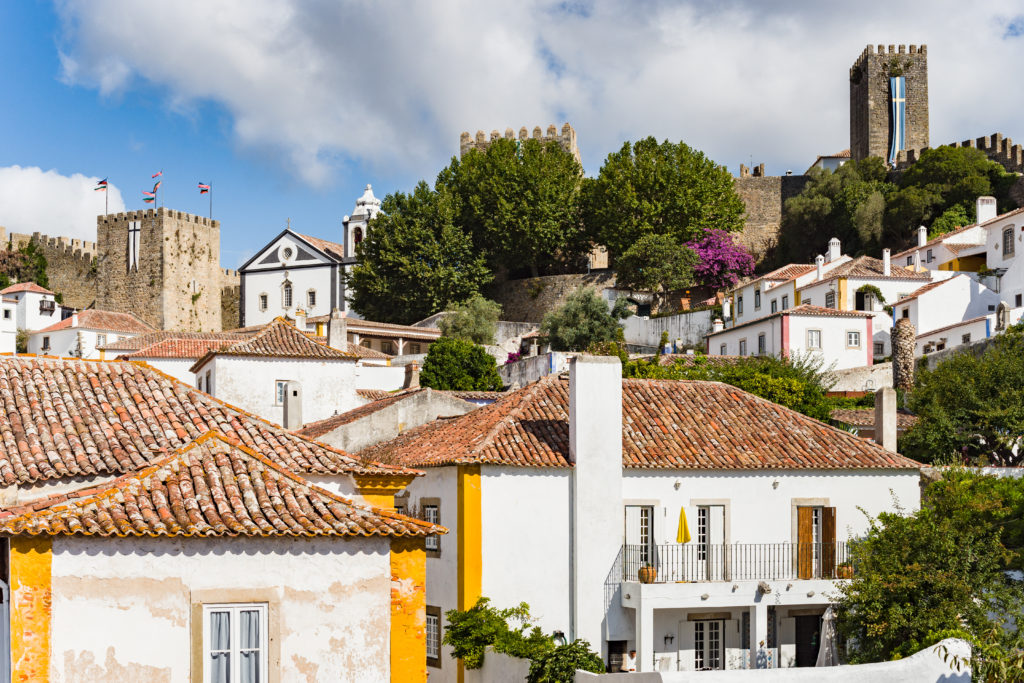
The town is achingly sweet, with its cobbled streets, white-washed houses trimmed in bright yellow and blue, and a Moorish castle that is now a pousada. A Portuguese pousada is like a Spanish parador—a building of historical significance renovated for use as a hotel. You’ll find pousadas throughout Portugal.
Nazaré
This beautiful town scrambles up the hill above a long, sandy beach jam-packed with candy-striped bathing tents. Fishing traditions are strong here, and you’ll see female fishmongers wearing the traditional seven petticoats (although I didn’t ask to count them).
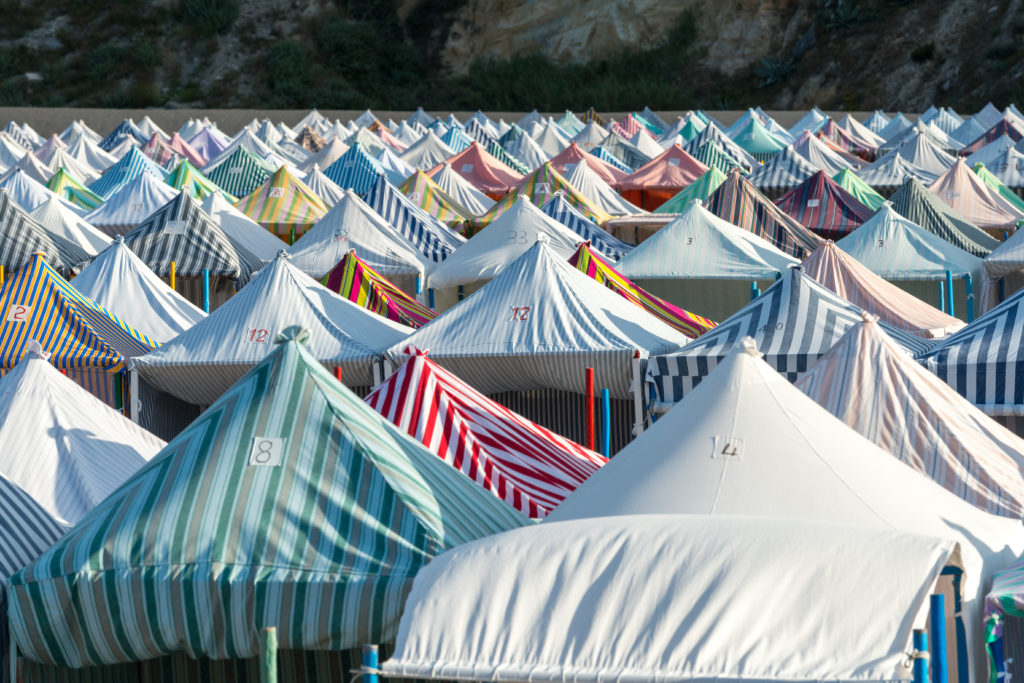
We got a kick out of watching ancient widows dressed in black, looking like they’d just stepped out of the 19th century, talking on cell phones.
A major attraction on the coast close to Nazaré is its world-class surfing. The Nazaré Canyon is a submarine geomorphological phenomenon that contributes to the formation of perfect giant waves. Champion surfers ride waves up to 30 meters high at Praia do Norte.
Standing on the beach to watch the waves crash is a sobering reminder of the power of nature.
I suggest staying the night in Nazaré so you can enjoy a fish dinner in one of the restaurants facing the beach.
Figueira da Foz
This town is wonderfully far off the tourist track, but we’ve visited a few times because we have friends there. I like it because I’ve never run into a visitor from anywhere other than Portugal and, occasionally, France.
The beach is massive, sandy, and windy. In the old town, you’ll find authentic restaurants and a lively bar scene.
We visited the Museu Municipal Santos Rocha, a modern art complex consisting of several airy galleries. Highlights include a wonderful archeological collection featuring Roman coins as well as displays of objects from former Portuguese colonies in Africa.
Check the website for Figueira da Foz to see what’s on at the Museu Municipal Santos Rocha and elsewhere in the city.
Coimbra
In medieval times, Coimbra was the capital of Portugal. The historic center, with its old cobbled streets, dates from Moorish times.
The big attraction is the University of Coimbra, Portugal’s oldest and most prestigious university—the Oxford of Portugal. Originally founded in 1290 in Lisbon, the university is one of the oldest in the world. It was permanently relocated to Coimbra in 1537.
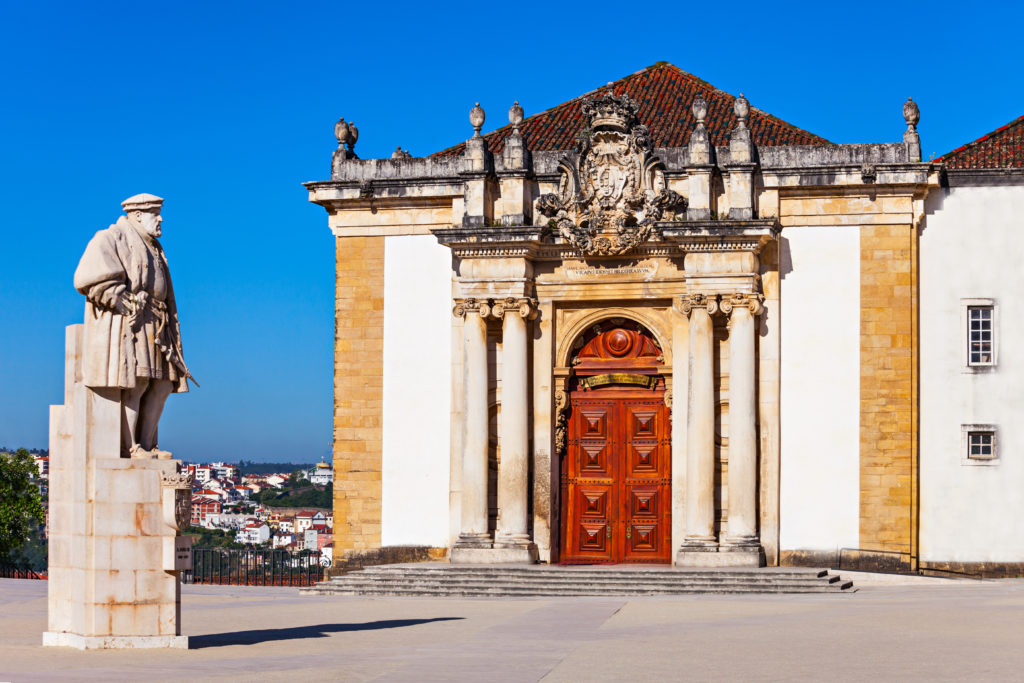
Stand in the middle of the vast Pátio das Escolas to appreciate the surrounding buildings, most dating from the 16th to the 18th centuries.
Buy tickets to explore the buildings, particularly the magnificent old library. You’ll likely be guided by students wearing the traditional black cloaks that look as though they’ve stepped out of a Harry Potter movie.
In the evening, attend a fado concert. The Cultural House àCapella – Fado Center features a nightly show starting at 9:30 pm. The center is housed in a 14th-century chapel and includes a bar and tapas service.
Porto
In recent years, Porto has become the place to visit in Portugal. People describe it as the cool and funky place that Lisbon used to be.
I get that. On our visit in 2019, Porto reminded me of Lisbon of ten years ago when it hadn’t yet been gussied up with souvenir shops and fresh coats of paint.
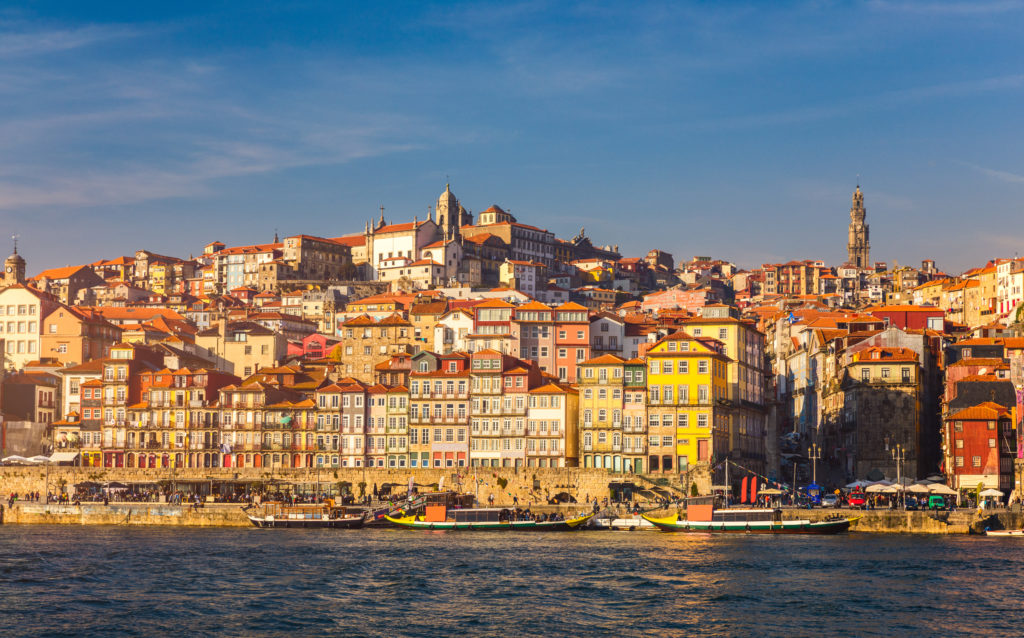
However, Porto has been discovered, and its funkiness likely will be slowly gentrified. See it soon!
The city tumbles down a series of steep streets to the Douro River. We stayed a few steps from the river in the thick of the action, and it was marvelous!
Throngs of tourists crowd the walkway alongside the river while tour boats whisk sightseers upriver to the Douro Valley.
Exploring Porto
The attraction of Porto is the city itself–the narrow old houses, some covered in blue and white tiles, the relaxed atmosphere, and the many staircases!
Trudge up to the Church of Sao Francisco to view the fabulous tilework. Then attend a fado concert at the Casa da Guitarra that features a spectacular female singer and includes a glass of port. Highly recommended!
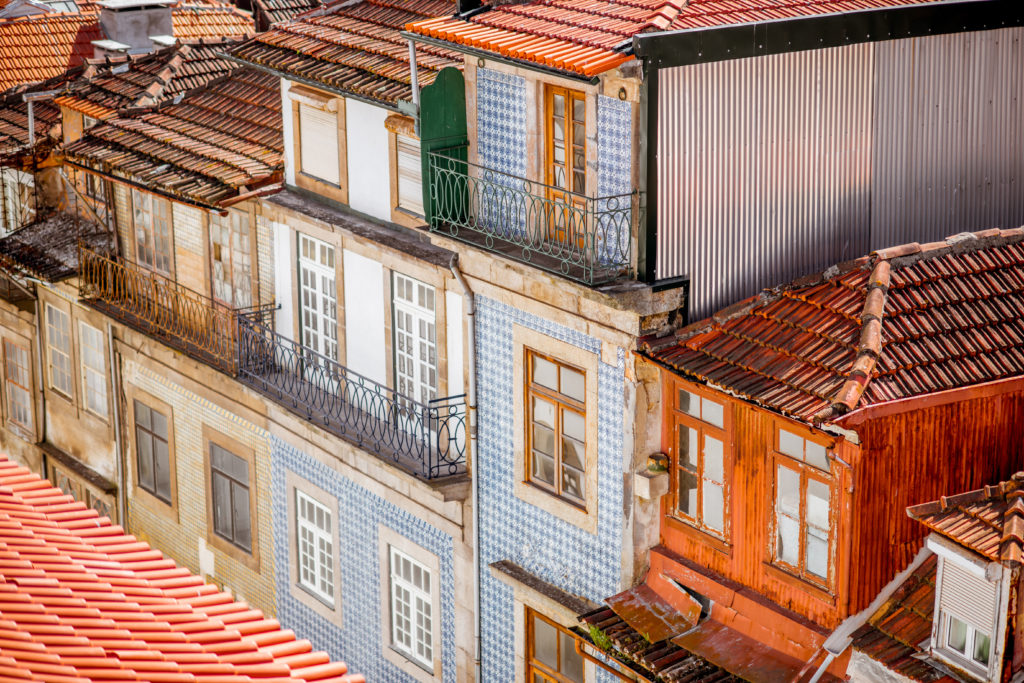
Crossing the River to Gaia
Take the launch from Porto across the river to Gaia to visit the port warehouses. Old-fashioned port boats that transport the casks of port downriver from the vineyards are moored in front of the warehouses.
Sample a few glasses of port, admire the view of Porto, then walk back across the river via the Dom Luis Bridge.
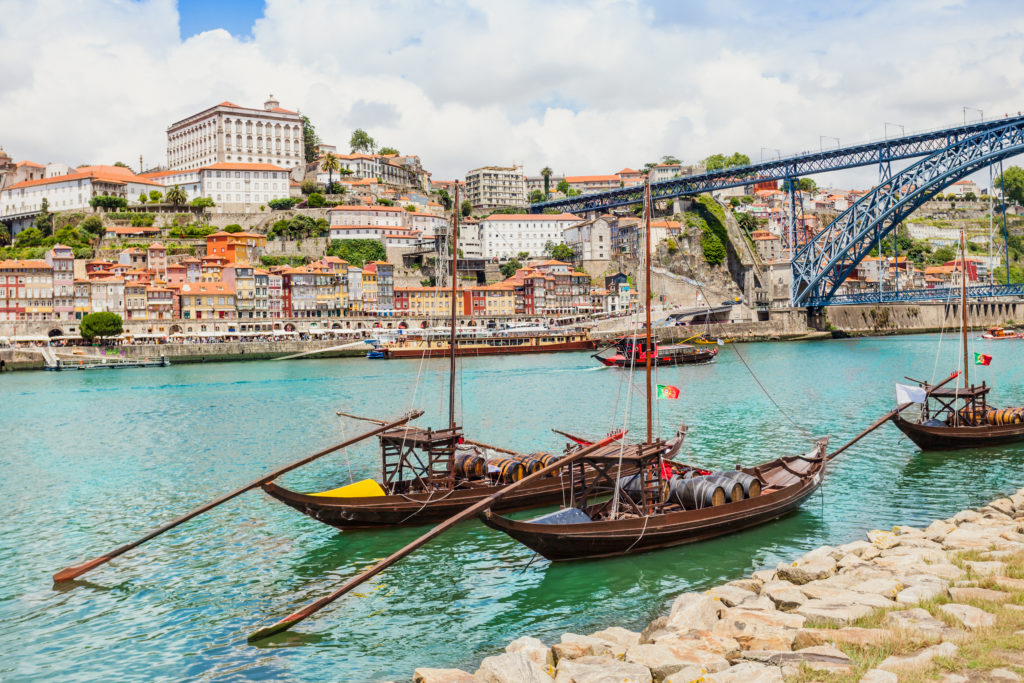
Port wine shows up frequently in Porto. In addition to the glass of port included with our ticket to the fado concert, we received a glass of port at the Picasso exhibition and had a decanter of port left for us at our rental apartment. They’re nuts about port in Porto.
Find a place along the river for dinner. The quality of the restaurants varies, with some being excellent and others not so much. But the service at every restaurant we went to in the area was friendly and efficient, and the views were unbeatable.
North of Porto
Consider adding a few days to your trip to head north to the interesting town of Guimarães, regarded as the birthplace of Portugal and home to several historic buildings and an ancient castle. Also check out Braga, the third largest city in Portugal. Visit the Bom Jesus do Monte, a church famous for its stunning baroque staircase that depicts the ascent to heaven.
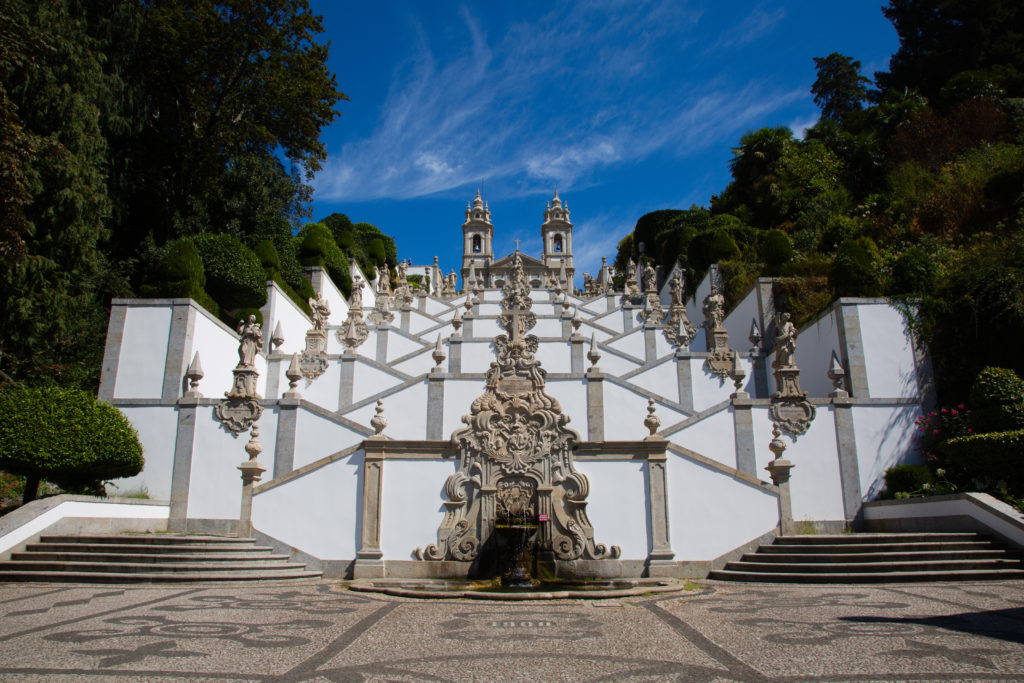
Another option is to explore the beautiful Douro Valley to the east, with its vineyards and rolling hills.
Here are two tours to consider.
Keep going north and you’ll end up in Spain, where green and gorgeous Galicia awaits.
Where to Stay in Central and Northern Portugal
For accommodation suggestions in Nazaré, Figueira da Foz, Coimbra, and Porto, see Where to Stay in Portugal: My Best Picks.
Have you traveled in central and northern Portugal? Share your tips and suggestions with other Artsy Travelers!
Here are some more posts about Portugal:
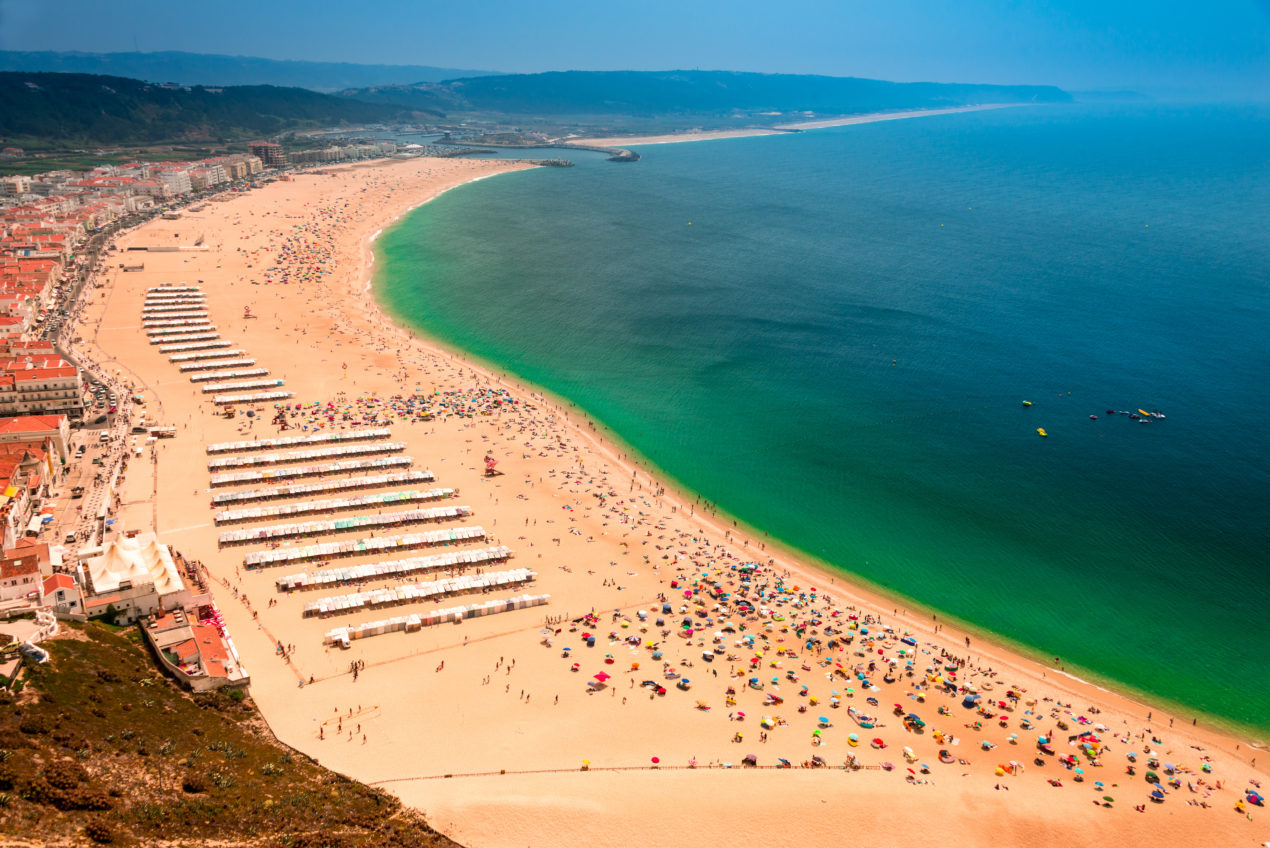
[…] North & Central Portugal […]